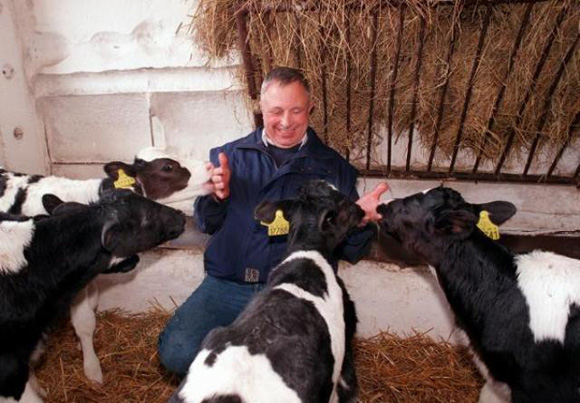













INTRODUCTION | DOCUMENTS | IMAGES | MAPS | EDITOR
|
In 1960, after the completion of collectivization, more than 19,000 landwirtschaftliche Produktionsgenossenschaften (large collectivized farms) existed in the German Democratic Republic. In the 1970’s, the landwirtschaftliche Produktionsgenossenschaften (or LPGs) developed into large agricultural corporations, many of which specialized in large-scale livestock farming. The restructuring process that began in 1989/90 was drastic, especially since about 80% of jobs in the primary sectors (forestry and agriculture, fishing) were scrapped. Through the Agricultural Adaption Act [Landwirtschaftsanpassungsgesetz] of July 3, 1991, LPGs that had not been converted into registered cooperatives, joint partnerships, or capital companies were disbanded by December 31, 1991. About 3,000 LPGs changed their legal structures and were able to survive. In many cases, former members of the managing staff were able to acquire top positions in the converted LPG. Additionally, individual farms were established once again, so that approximately 7,600 farms run by independent farmers and 3,000 joint partnerships existed in 1997. In this photo: certified agricultural engineer Gustav Ströbele works in the stables of his agricultural operation. Ströbele had purchased the former LPG in Friedrichswalde (Uckermark) in 1992. In 1997, he was the region’s biggest employer as a sole proprietor.
picture-alliance / dpa
|
 print version
print version return to image list
return to image list previous image
previous image
